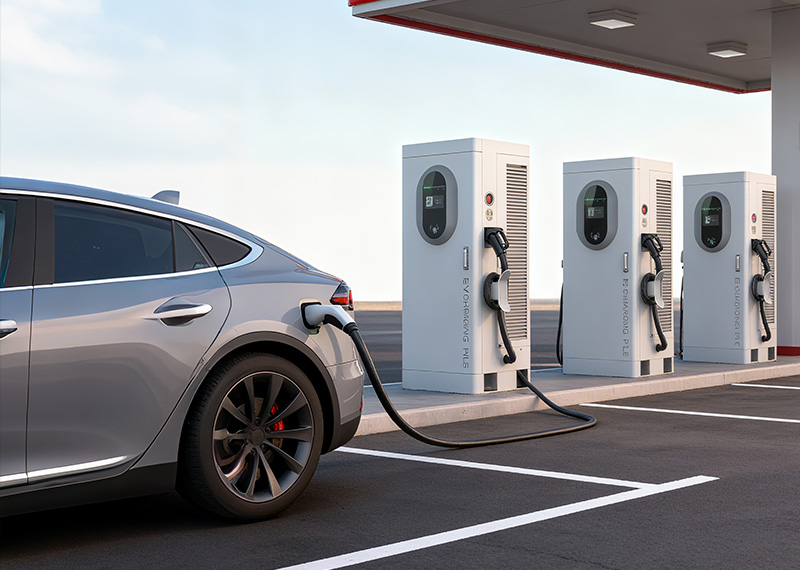
Most people wouldn’t call filling up at a gas station exciting. But for EV drivers who usually charge at home or in a parking lot, watching a Level 3 EV Charger power their car in just minutes feels a bit like rediscovering that first-time thrill at the pump — fast, powerful, and surprisingly satisfying.
So, what exactly is a Level 3 EV Charger, and how does it deliver that kind of speed? How fast can it really charge an EV? And how does it fit within the broader charging ecosystem that includes Level 1 and Level 2 chargers?
This guide breaks it all down — whether you’re a business owner considering adding DC Fast Charging Stations to your site, or an EV driver who wants shorter charging stops on long-distance trips.
(But here’s a word of caution: unless you have industrial-grade electrical infrastructure and a generous budget, a Level 3 EV charger isn’t something you should plan to install in your home garage.)
What Is a Level 3 EV Charger?
A Level 3 EV charger, also known as a DC fast charging station, is the fastest public charging option for electric vehicles today. Unlike Level 1 and Level 2 chargers, which rely on the vehicle’s onboard charger (OBC) to convert AC power, Level 3 chargers perform AC-to-DC conversion internally and send direct current straight to the battery.
This bypasses the OBC’s power limits, enabling “lightning-fast” charging. A 300-mile EV can go from 20% to 80% in just 15–30 minutes — the time it takes for a coffee break.
Connector Standards: The Compatibility Challenge
Unlike Level 1 and Level 2 chargers that commonly use the SAE J1772 connector, Level 3 chargers come with several competing standards:
CCS (Combined Charging System): The dominant standard in North America and Europe, integrating DC pins below a J1772 port. Used by GM, Ford, BMW, Mercedes-Benz, Hyundai, and others.
CHAdeMO: Popularized by Japanese automakers, mainly found on the Nissan Leaf and Mitsubishi Outlander PHEV.
Tesla NACS (North American Charging Standard): Compact, efficient, and increasingly adopted. By 2025, major automakers like Ford, GM, and BMW will offer NACS-compatible vehicles.
These differences explain why DC fast chargers go by various names — “superchargers,” “rapid chargers,” or simply “DC fast chargers.” What unites them is their high power output and ability to add hundreds of miles of range in minutes.
Charging Power and Speed
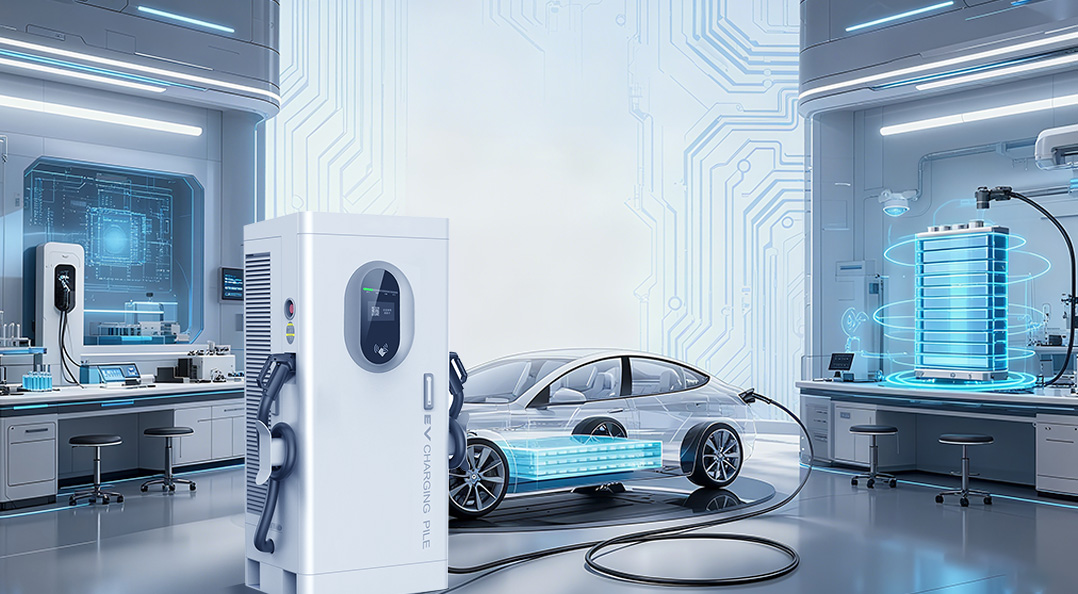
Level 3 chargers typically deliver 50 kW to 350 kW of output, adding 10–30 miles (16–48 km) of range per minute. Charging speed depends on the vehicle’s battery capacity, state of charge (SOC), ambient temperature, and the charger’s power rating.
For example:
- A 150 kW-capable EV can charge from 20% to 80% in about 30 minutes.
- Vehicles with 800V high-voltage platforms (like the Porsche Taycan or Hyundai Ioniq 5) paired with 350 kW chargers can add up to 200 km (120 miles) in just 5 minutes.
This remarkable speed is made possible by internal AC/DC conversion, eliminating bottlenecks from the onboard charger.
Deployment Costs and Operational Challenges
While the performance of DC fast chargers is impressive, their cost and installation complexity make them better suited for commercial or public use.
1. Equipment Costs:
A single DC fast charging unit ranges from $30,000 to $100,000, depending on power rating and configuration. Large-scale charging hubs can cost significantly more.
2. Electrical Upgrades:
Level 3 chargers require 480V three-phase power. Sites without sufficient electrical capacity must invest in new transformers, switchgear, or even a dedicated substation — pushing total installation costs beyond $100,000 in some cases.
3. Electricity and Management:
Ongoing electricity costs are a major expense. Using smart energy management software allows operators to schedule charging during off-peak hours, balance load across stations, and monitor performance remotely.
Tip: Choose chargers that support OCPP (Open Charge Point Protocol) to integrate seamlessly with third-party management systems — and avoid vendor lock-in.
High-traffic locations such as highways, urban transit hubs, and commercial parking lots typically yield the best return on investment.
Level 3 vs Level 1 and Level 2 Charging
Electric vehicle charging is divided into three levels based on voltage, power, and use case:
| Charging Level | Voltage | Power Output | Range Added per Hour | Typical Use Case |
|---|---|---|---|---|
| Level 1 | 120V AC | 1.3–2.4 kW | 3–5 miles | Home, PHEVs, emergency charging |
| Level 2 | 240V AC | 3.3–19.2 kW | 15–60 miles | Homes, offices, public charging |
| Level 3 | 200–1000V DC | 50–350 kW | 60–300+ miles | Highways, fleets, rapid charging |
Efficiency: The Step Change from Level 1
A Level 1 EV charger adds just 3–5 miles of range per hour — fine for plug-in hybrids or overnight charging. A Level 3 DC fast charger, by contrast, adds over 10 miles per minute — over 100 times faster.
Complementary Roles: Level 2 vs Level 3
Level 2 chargers strike a balance between cost and speed, ideal for long parking durations. Level 3 is designed for quick turnaround scenarios — highways, logistics fleets, or rideshare operations. They’re not competitors but complementary tools within a complete charging ecosystem.
Ideal Use Cases for Level 3 Chargers
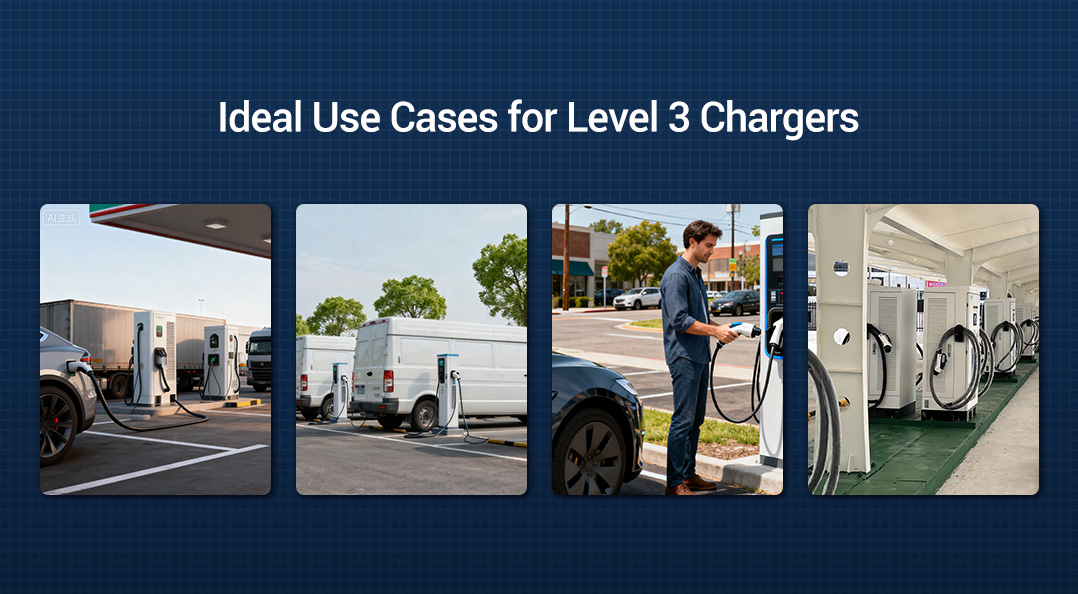
Highways & Long-Distance Routes:
DC fast chargers every 100–150 km eliminate range anxiety and keep travel seamless.
Commercial Centers & Transit Hubs:
Malls, airports, and train stations attract EV users for short stops and boost visitor engagement.
Fleet & Business Operations:
Logistics fleets, taxis, and rideshare companies benefit from 15-minute “refuel” cycles that keep vehicles on the road.
Urban Rapid-Charging Networks:
Essential for EV drivers without access to home charging, enabling wider EV adoption.
Future Trends: The Age of Ultra-Fast Charging
The future of DC fast charging lies in higher voltage, liquid-cooled cables, and standardization:
- 800V Platforms: Deliver faster charging and improved energy efficiency.
- Liquid-Cooled Cables: Allow sustained high current flow without overheating.
- NACS Standardization: Tesla’s NACS connector is becoming the new North American norm, enabling cross-brand compatibility.
Summary: The “Highway Gas Station” for Electric Mobility
A Level 3 EV charger is more than just hardware — it’s the backbone of modern EV infrastructure. It turns long-distance travel into a practical reality for electric drivers.
While installation costs are high, its value in commercial, fleet, and public settings is undeniable. Think of it as the EV equivalent of highway fueling stations — fast, powerful, and essential.
AnengJi DC Fast Charging Solutions
At AnengJi, we manufacture high-performance Level 3 DC fast charging stations ranging from 50 kW to 350 kW, supporting CCS, CHAdeMO, and NACS connectors.
Each charger integrates liquid-cooling technology, smart load management, and OCPP-based remote monitoring. Our products are certified under UL, CE, TUV, and CB standards, trusted in over 100 countries worldwide.
With a 40,000㎡ production base and advanced CNC facilities, we deliver reliable OEM and ODM fast-charging solutions for fleet operators, property developers, and EV charging networks.
📩 Contact AnengJi today for a free consultation or localized deployment plan.
FAQ: Level 3 EV Charger Questions
1. What is a Level 3 EV Charger and how does it work?
A Level 3 charger (DC fast charger) converts AC to DC inside the charger itself and sends direct current straight to your vehicle’s battery. That’s why it charges so much faster than Level 1 or Level 2.
2. How fast does a DC Fast Charger charge an EV?
Depending on power output and vehicle specs, a Level 3 charger can add 100–300 miles of range in 20–30 minutes.
3. How much does a Level 3 EV Charger cost to install?
Expect $50,000–$150,000 including equipment, electrical upgrades, and installation — mainly suitable for commercial or public sites.
4. Is a DC Fast Charger worth it for fleets or businesses?
Yes. For logistics, taxis, or delivery fleets, rapid turnaround time means higher uptime and lower operational downtime.
5. What’s the difference between Level 3 and Level 2 chargers?
Level 2 uses 240V AC and charges overnight; Level 3 uses high-voltage DC (up to 1000V) and recharges EVs in minutes — ideal for highway or fleet use.
[post_navigation]

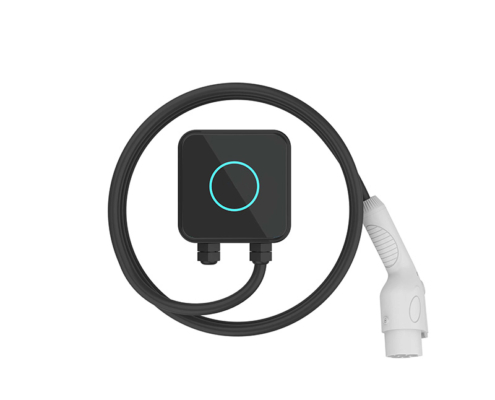
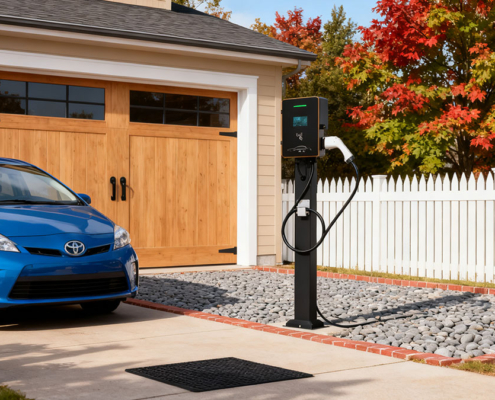




Leave a Reply
Want to join the discussion?Feel free to contribute!